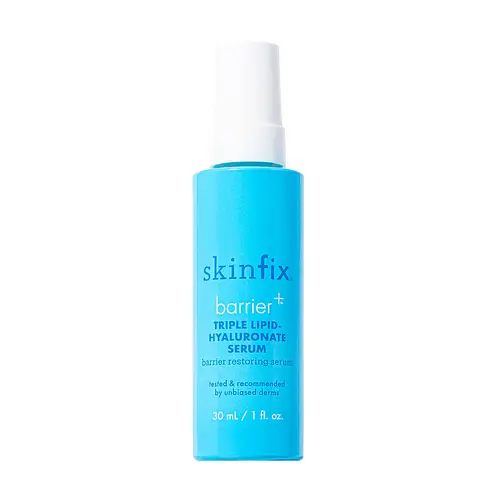Skinfix Barrier+ Triple Lipid-Hyaluronate Serum Versus Paula's Choice Calm Repairing Serum
Updated on June 05, 2025
Overview
What they are
These products are both cruelty-free and reef safe serums. They have a total of 0 ingredients in common
Cool Features
They both contain hyaluronic acid and Vitamin E
Suited For
They're both likely to be good for anti aging, dry skin, brightening skin, sensitive skin, scar healing and dark spots
Free From
They both do not contain any harsh alcohols, common allergens, fragrances, parabens or sulfates
We independently verify ingredients, and our claims are backed by peer-reviewed research. Spot a product that needs an update? Let us know.
Ingredient Info
Skinfix Barrier+ Triple Lipid-Hyaluronate Serum 26 ingredients
Paula's Choice Calm Repairing Serum 39 ingredients
What's inside (and what isn't)
What's inside (and what isn't)
At a glance
Click on any of the items below to learn more
Skinfix Barrier+ Triple Lipid-Hyaluronate Serum 26 ingredients
Paula's Choice Calm Repairing Serum 39 ingredients
Key Ingredients
Benefits
Key Ingredients
Benefits
Concerns
Ingredients Side-by-side
Ingredient Ratings
Here's what our community thinks of the ingredients in these products.
When to use
Skinfix Barrier+ Triple Lipid-Hyaluronate Serum 26 ingredients
Paula's Choice Calm Repairing Serum 39 ingredients

Reviews
Here's what our community thinks

